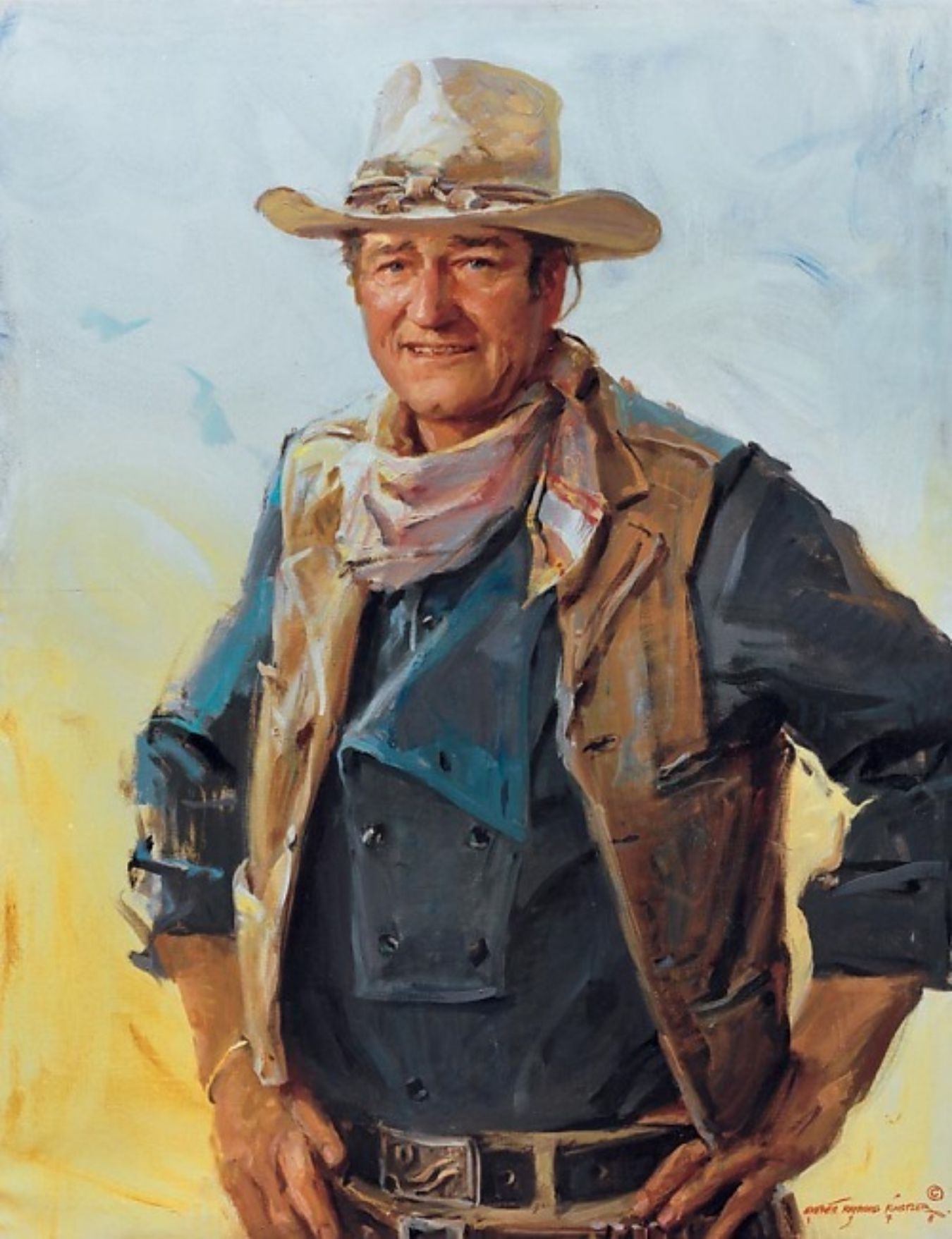John Wayne was no friend to people of color. He married Latina women, but I am sure he could sleep easy at night thinking that they were actually an off-white race of people. When a local white San Antonio disk jockey, Ricci Ware, realized he had a brown grand kid in his family he would refer to that child as the “brown one.” One must remember that the racist Spanish Casta system sought to turn Spanish speakers into a white race devoid of the Native, Moorish, and black DNA connections. John Wayne was a racist of high coonskin caliber. In addition to ruining the lives of thousands during the heyday of McCarthyism in 1944, Wayne was supported white supremacy. These are not my words, but his. In the May 1971 issue of Playboy Magazine, he was quoted, “I believe in white supremacy until the blacks are educated to a point of responsibility.” Without any sense of guilt, he went on to say, “I had a black slave in The Alamo.” Of course, his son denied the whole idea that his father was a racist but later tried to soft pitch it by saying he changed over the years. John Wayne used black actor Jester Joseph Hairston, as Bowie’s slave named Jethro, to fall over actor Richard Widmark (Jim Bowie) in his sick bed to protect his master from a bayonet attack to name one. Wow! Racism to the core.
The site for the world premier of John Wayne’s silly movie was set at the Woodlawn Theater, located in the area of the segregated white community of Alamo Heights, which had to be renovated for the crowd. Alamo Heights was a sundown town, meaning if you were black, or too brown, you could be beaten, harassed, or jailed just to be in their racist community at the time. Sometimes the well-to-do would put out a black lawn jockey on the front lawn to indicate that a black servant worked there. The racism of John Wayne was evident way before his racist remarks in 1971. His name has already been removed in some places.
The Alamo heights police were often given a list of servants working in the area or at least provided police with verbal information. An Alamo Heights police officer spelled the beans with me years ago on this racist practice. Makes sense to me that the Alamo Heights Woodlawn Theater was chosen for this film. White racists do not have to say they were doing something for racist reasons, all they have to do is to provide other justifications for their actions using scripted words or actions with underlying hidden agenda—using the term “States’ Rights is a good example of the language of bigots. Alamo Heights was the perfect location for John Wayne, not just the name of “Alamo,” but for the symbolism of a white film heyday and an apartheid city—Bexar County style.
The Wayne movie of 1960, was maintained by sustained racial scenes of dance girls hooping it with Anglo defenders. One was even given the disparaging name of “Flaca” which means skinny woman. It can be very negative and is the opposite of calling someone “fatty.” This “flaca” woman was John Wayne’s lover in the movie. The Mexican women were portrayed as cantina girls twilling their bodies for white men. Ironically, the man that was hired to publicized the film was also the one who managed the publicity for one of the most racist films of all time, Gone with the Wind. It figures!









